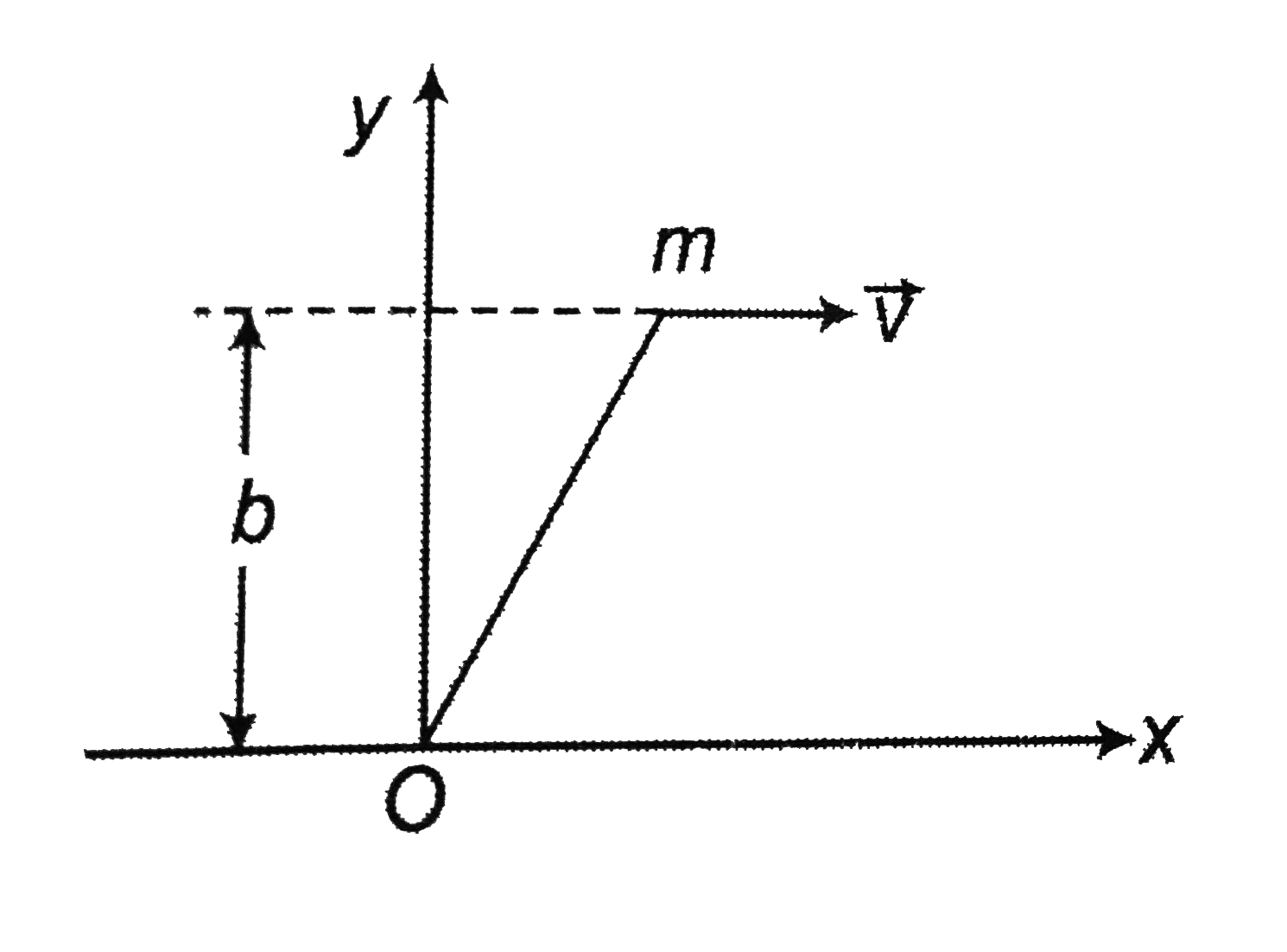Complete Solutions to Exercise 3.2 of chapter VECTORS of Class 11 book with complete answers and questions
| Class 11 | PHYSICS |
| Chapter | VECTORS |
| CENGAGE PHYSICS | Exercise 3.2 |
| Number Of Questions | 13 |
| Academic Year | 2023-24 |
`vec(A)=2hat(i)+4hat(j)+4hat(k)` and `vec(B)=4hat(i)+2hat(j)-4hat(k)` are two vectors. Find the angles between them.
02:05View SolutionIf two vectors `2hat(i)+3hat(j)-hat(k)` and `-4hat(i)-6hat(j)-lambda hat(k)` are parallel to each other,then find the value of `lambda`
01:44View SolutionIn Q-2, if vectors are perpendicular to each other then find the value of `lambda`.
01:06View SolutionIf `vec(A)=2hat(i)+3hat(j)-hat(k)` and `vec(B)=-hat(i)+3hat(j)+4hat(k)`, then find the projection of `vec(A)` on `vec(B)`.
03:28View SolutionA body, acted upon by a force of 50N, is displaced through a distance 10m in direction making an angle of `60^(@)` with the force. Find the work done by the force.
01:01View SolutionA particle moves from position `3hat(i)+2hat(j)-6hat(k)` to `14hat(i)+13hat(j)+9hat(k)` due to a uniform force of `4hat(i)+hat(j)+3hat(k)N`. If the displacement is in meters, then find the work done by the force.
02:02View SolutionIf for two vectors `hat(A)` and `hat(B)`,sum `(vec(A)+vec(B))` is perpendicular to the diffrence `(vec(A)-vec(B))`. Find the ratio of their magnitude.
02:15View SolutionA force `F=-k(y hati + x hatj)` (where k is a positive constant) acts on a particle moving in the `x-y` plane. Starting from the origin, the particle is taken along the positive x-axis to the point `(a,0)` and then parallel to the y-axis to the point `(a,a)`. The total work done by the force F on the particle is
(a) `-2ka^(2)` , (b) `2ka^(2) , (c)`-ka^(2)` , (d) `ka^(2)`07:19View SolutionIf `vec(A)=3hat(i)+hat(j)+2hat(k)` and `vec(B)=2hat(i)-2hat(j)+4hat(k),` then find the value of `|vec(A)xxvec(B)|.`
01:49View SolutionThe vector from origion to the point A and B are `vec(A)=3hat(i)-6hat(j)+2hat(k)` and `vec(B)=2hat(i)+hat(j)-2hat(k)`,respectively. Find the area of the triangle OAB.
05:11View SolutionThe angle between the vector `vec(A)` and `vec(B)` is `theta`. Find the value of triple product `vec(A).(vec(B)xxvec(A))`.
02:52View SolutionFind the torque of the force `vec(F)=(2hat(i)-3hat(j)+4hat(k))` N acting at the point `vec(r )=(3hat(i)=2hat(j)+3hat(k))`m about the origion.
02:04View SolutionIf the particle of mass `m` is moving with constant velocity `v` parallel to x-axis in x-y plane as shown in (figure), Find its angular momentum with respect of origin at any time `t`.
 02:22View Solution
02:22View Solution
Exercise 3.2 questions and complete solutions for chapter VECTORS of CENGAGE PHYSICS (ENGLISH) of Class 11
